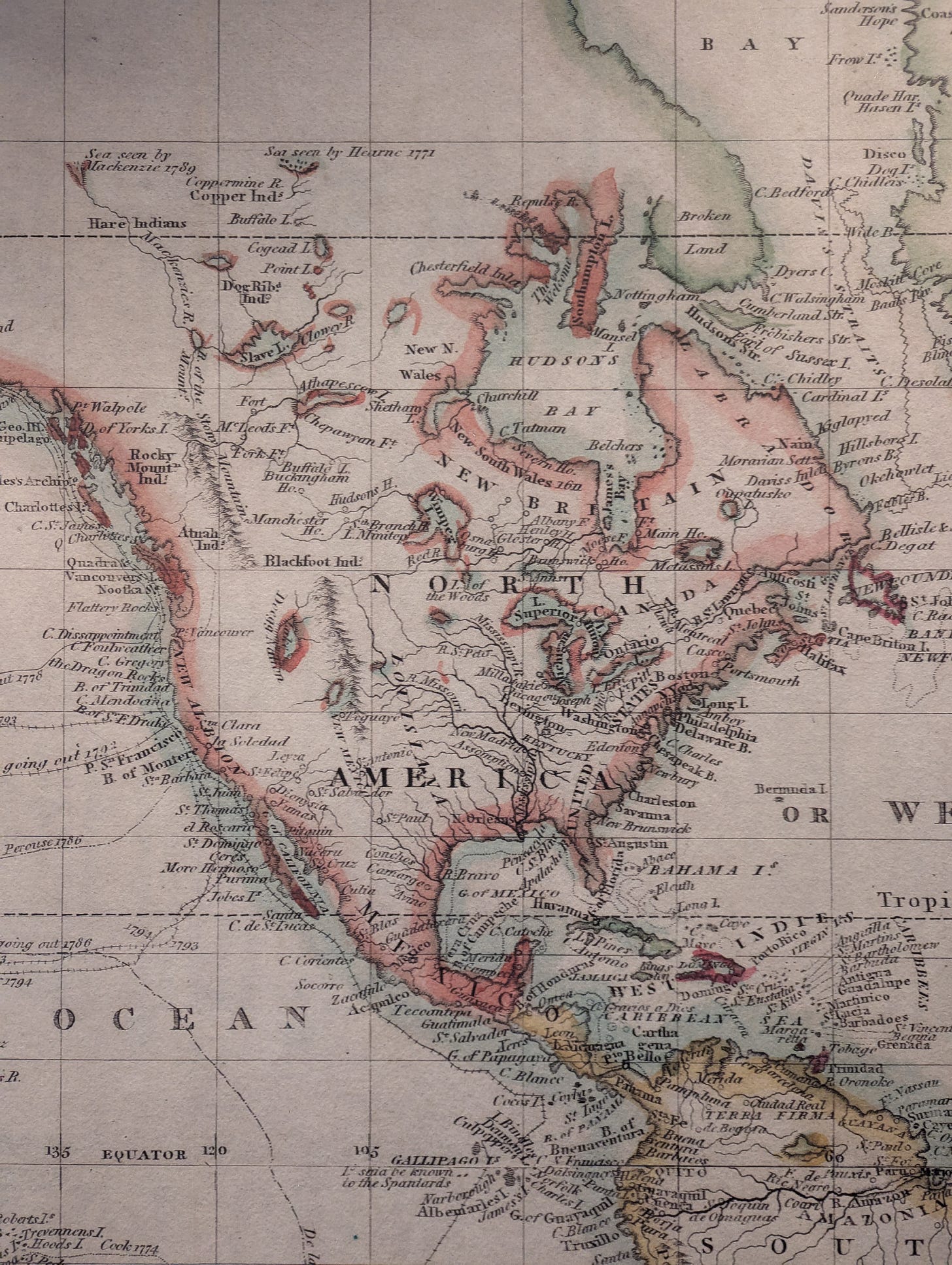Of Memes and Maps and the Selves in-between
“I am not a creative person.” Not a week goes by that someone doesn’t try to sell me this, as if I am the reincarnation of their high-school English teacher waiting to be wowed by their overdue essay. Once, at a workshop on leadership and influence, we introduced ourselves in an ice-breaker and then had to hand each other cards stating what their introduction led us to believe about them. Here were the cards I received (from people whom I’d only just met):
I was completely unsurprised by the number of “red cards” I got, but I was surprised at the number of purple ones, especially since at the time I wasn’t introducing myself as a writer at all. The exercise was designed to make us more aware of ourselves through others’ eyes.
There are two events that happen around me with disheartening regularity: a woman bailing out of tech, deciding, based on how the industry sees her, that she isn’t cut out for it; and a writer bailing out on their novel, deciding, based on the obstacles in the path, that they weren’t really meant to be a writer in the first place.
I made this infographic last week to reflect how I feel about my access to creativity: sometimes, the creative juices seem to be at the bottom of a deep well, and to reach them I need to get past a swarm of mosquitoes and deal with so many unpleasant things, that most days I barely reach the bucket, never mind the water.
But as soon as I made it, I realized that even doing that was a creative act, that I was converting my daily frustrations into something imaginative by depicting them as mosquitoes. This infographic is a meme, and it is creative. Creativity doesn’t always have to be accessing the profundity at the depths of the well beneath the layers of grief and trauma; it can be play. In fact, it should be play.
There are different kinds of creativity that take what is on the left and make it comprehensible, bearable, pleasurable or meaningful. A writer I know is taking his grief and writing about it to help others bear theirs. All to say, I think my infographic needs the following update. Yes, there’s not a lot of water in the bucket, but it’s enough to make a meme, and that’s not nothing.
But the point of this post isn’t Rah! Rah! YOU can be creative! And YOU! It’s to talk about the dangerous speed with which we make associations and determinations about ourselves and others and consider them unchangeable. An ice-breaker was enough to mark me as a “red card” person, and we spent the workshop trying to figure out how to manage others’ views of us. A single failure, or a stray comment from someone you respect but failed to impress, can make you decide you’re “not a creative person” or not meant to be in the job you’re in.
In Lisbon, a couple of weeks ago, at a restaurant, we saw the following old map on the wall. Canada doesn’t exist (it’s New Britain); America has neither red states nor blue states; and more prominence is given to natural formations (rivers, mountains, and the markers of survival) than to cities, which don’t seem to exist.
I took quite a few photos of the world map — Asia is fascinating, and Australia is New Holland. In the time we live in, of nationalism and tariffs and corporate cities, it’s easy to let our identities be bound up in things that seem permanent and unchangeable, without realizing how new or arbitrary those rules can be. We are not defined by the size of our salaries or our book advance, by the cities or countries we’re “from” or by the cards people give us based on passing impressions. We are allowed to keep our selves more elusive.
We are also allowed to play. Junot Diaz, in his Substack Story Worlds, talks about world-building as establishing games for the reader, in the context of Tolkien:
Stories map — and maps story. But a great story with great Map Games can produce something else altogether, something new: a Map Game World that readers will be excited to play, with or without the original story that produced it.
It is precisely such play that tyrants fear, because it implies what every writer knows to be true — the world is bigger and older than the imposition of the current order. History is neither stable nor sacred, and identity is not an exercise in coordinate-mapping.
Over the last month, I have been playing map-games with the brilliant artist, Mandy Mackenzie Ng. In my upcoming fantasy series, I’m attempting to construct a world where monarchies and kingdoms fell, but what rose instead were confederations, rather than nation-states. I wanted to express the fragility of political institutions against the landscape that molds the people who live there. Where in a desert, among nomadic tribes, would a city form, and why? How do things like access to water shape the religious and political leanings of people in a time of drought?
Here’s the current map of the world we’re playing in.
To get into why the map looks the way it does is a WHOLE OTHER POST, but the key things we’re trying to do are:
Play! Invite the reader into what is now a multi-player game (rather than a production for a reader to consume).
Destabilize old identities: Yes, people of various ethnicities and languages will see themselves reflected, but it will not be a true mirror of the current world.
Forcing a reimagination of the world also forces a reimagination of the selves that inhabit the world. It makes reading the creative act it was meant to be.
Did you read this post? Then you’re a creative person. Rah, rah!





